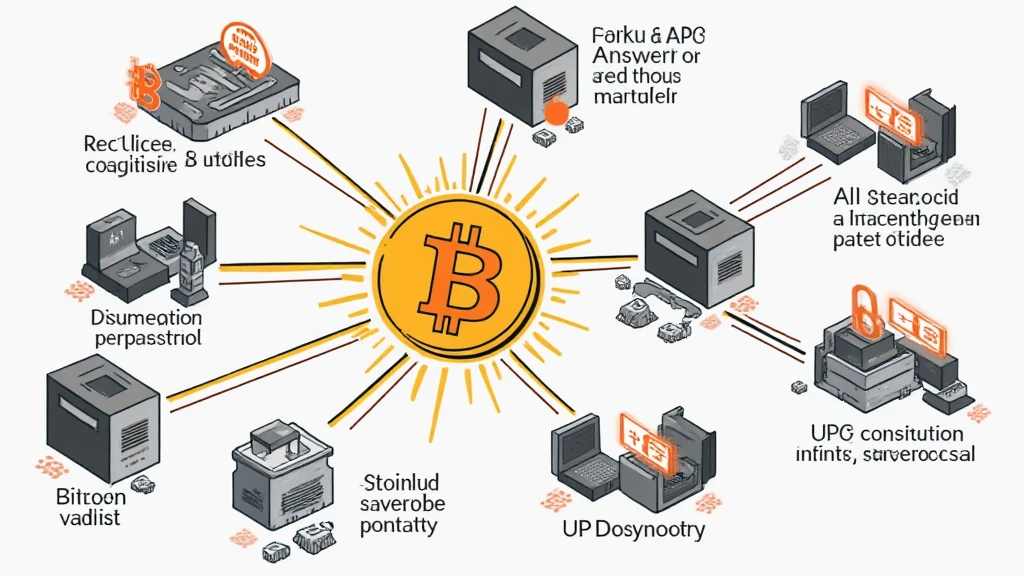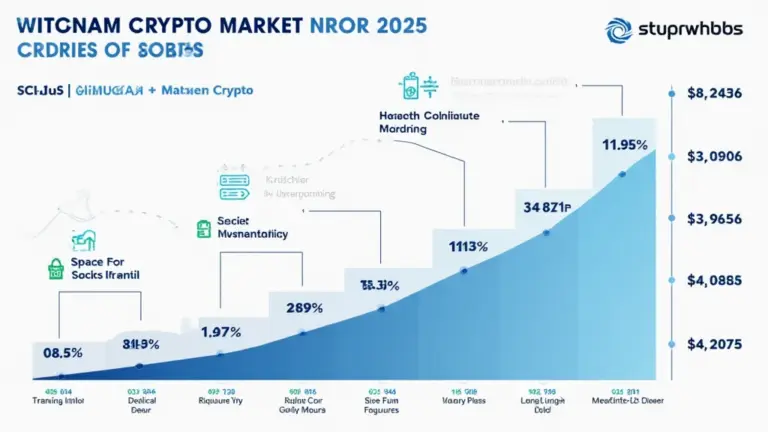Bitcoin Network Attack Vectors: A Comprehensive Overview
Introduction
As the cryptocurrency ecosystem continues to evolve, the Bitcoin network remains a primary target for cyber attacks. In fact, recent studies have shown that approximately $4.1 billion was lost to hacks in decentralized finance (DeFi) during 2024 alone. This alarming statistic raises essential questions about how to safeguard your digital assets against vulnerabilities. In this article, we’ll provide insights into various Bitcoin network attack vectors while addressing security measures to enhance your defenses.
Consensus Mechanism Vulnerabilities
The Bitcoin network relies on proof-of-work consensus to validate transactions. However, this mechanism is not immune to exploitations. A significant threat is the possibility of a 51% attack, where a malicious actor gains majority control over the network. If this occurs, the attacker could reorganize the blockchain, double-spend coins, or halt transactions altogether. Picture it as a bank vault where a single thief gains access to all stored valuables, undermining the entire system’s integrity.
Prevention Strategies
- Secure mining operations through geographic distribution.
- Utilize advanced monitoring tools to detect unusual activities.
- Promote community awareness on the importance of decentralization.
Network Level Attacks
Another potential vulnerability lies within network-level attacks, such as Distributed Denial-of-Service (DDoS) attacks. These attacks can overwhelm nodes, preventing legitimate transactions from being processed. Imagine trying to enter a crowded concert where the entrance is blocked; this scenario illustrates how DDoS can paralyze the network.

Mitigation Techniques
- Implement robust firewall systems to filter incoming traffic.
- Encourage node redundancy across various geographic locations.
- Adopt rate-limiting protocols to control traffic flow.
Smart Contract Exploitations
Despite Bitcoin primarily focusing on financial transactions, it’s essential to consider associated smart contracts used for various applications. Vulnerabilities like re-entrancy attacks can lead to exploitations. This situation can be likened to a contractor who repeatedly charges for work not completed, thereby draining resources without accountability.
Best Practices
- Conduct thorough audits regularly to detect security flaws.
- Utilize established frameworks for smart contract development.
- Implement extensive testing before deploying contracts on the mainnet.
Physical Attacks on Wallets
Physical security mustn’t be overlooked in the fight against Bitcoin theft. Wallets, particularly hardware ones, can be susceptible to physical theft if not secured properly. Think of it as keeping your precious jewelry in an open display; it’s just an invitation for thieves.
Security Measures
- Store hardware wallets in secure places like safes.
- Use strong passwords and two-factor authentication.
- Regularly review security practices to adapt to new threats.
Conclusion
As we navigate through the complexities of Bitcoin network attack vectors, understanding these vulnerabilities is key to protecting your assets effectively. Implementing recommended security measures can significantly reduce risks. The horizon of cyber threats is only expanding, making it vital to stay informed and proactive.
For more insights on enhancing security within the cryptocurrency landscape, be sure to download our comprehensive checklist here. Stay safe in the digital age!
With rapid growth in the Vietnamese crypto market, it’s essential to stay vigilant. For instance, Vietnam experienced a remarkable user growth rate of 200% in the last year. As the hodlers rise, so do potential threats. Thus, understanding tiêu chuẩn an ninh blockchain is crucial for every Vietnamese user and investor.






